By Brooke C. Stoddard
History is as solid as bricks. Things happened and they can’t be changed. But they can be seen with a fresh eye, or they can be noted for effects not apparent at the time. This is the nature of attempting to identify “turning points in history,” postulating events that might easily have been otherwise, such hypotheticals then followed by wholly different sequences.
Thus the inclination to list “decisive battles” in history, the exercise of showing what would have developed had a struggle ended differently. No one has precisely the same list, but then that wouldn’t be much fun anyway.
Joseph Dahmus, Professor Emeritus of Medieval History at Penn State, chose a handful for his work Seven Decisive Battles of the Middle Ages (Chicago: Nelson-Hall, 1983). Some were familiar to me (Hastings, Crécy, Hattin), but one was certainly not: Châlons, fought in 451. According to Dahmus, it was here, in northern Europe, that the Roman army, together with the Teutonic Visigoths, threw back the Mongoloid horde of Attila and his Huns. Had the contest gone the other way and Attila prevailed, both Eastern and Western Roman Empires might have fallen to a man who disdained nearly any form of civilization.
Dahmus concedes that “barbarians” had already overridden the Roman West. Alaric, King of the Visigoths, sacked Rome in 410. Gaiseric, the Germanic King of the Vandals would do the same in 455. Odovacar and Theodoric made Italy a base for Ostrogothic kingdoms. But these had their tempering side; Alaric, for example, was a Christian, and the others had some respect for Roman civilization.
Attila had little or none. His Huns might be classified with other great nomadic central Asians who swarmed out of the steppes; indeed, they may have been the Hsiung-nu who attacked China two centuries earlier and against whom the Chinese erected their Great Wall. Thus Attila may be considered a forerunner of Genghis Kahn and Tamerlane.
In any event, citizens of the Roman Empires both East and West feared Attila more than other “barbarians” such as Alaric and Gaiseric. Looking back, they called him “the Scourge of God,” a kind of monstrous evil let loose upon the world to punish mankind for its sins. Other nomadic tribes fled before him; the Visigoths pressed themselves against the Romans in Thrace in order to flee Huns. And Visigoths were no shrinking violets; when the Romans mistreated them, they crushed the Roman Army at Adrianople in 378.
Attila conquered a huge empire, stretching from the Danube to the Rhine. Although he demanded and received huge amounts of tribute, and his henchmen ate off gold plates, Attila himself ate from wooden dishes. In 451 he decided to conquer what he did not have of western Europe. He crossed the Danube and sacked what we call Belgrade and Sophia. He so ruined the Balkans that its commerce was ruined for 400 years. He marched up the Rhine and overwhelmed Trier and Metz, slaughtering the inhabitants.
Rome was petrified. So were the Visigoths, who decided to side with the Romans rather than the Huns. The Roman/Visigoth army met Attila at Châlons in the spring of 451. The battle was a sort of revisitation of Cannae. Attila had his strongest troops in the middle, the Romans and Visigoths their weakest there. Attila’s center advanced only to be trapped by the enemy wings. The slaughter on both sides was immense and the battle somewhat of a draw. But Attila had to abandon his thrust across Gaul. He never mustered the strength to sack Rome.
Thus Dahmus’s contention that, dark as the Dark Ages were, they could have been darker and that Châlons was a sort of Marathon in the cause of what was passing then for classical civilization.
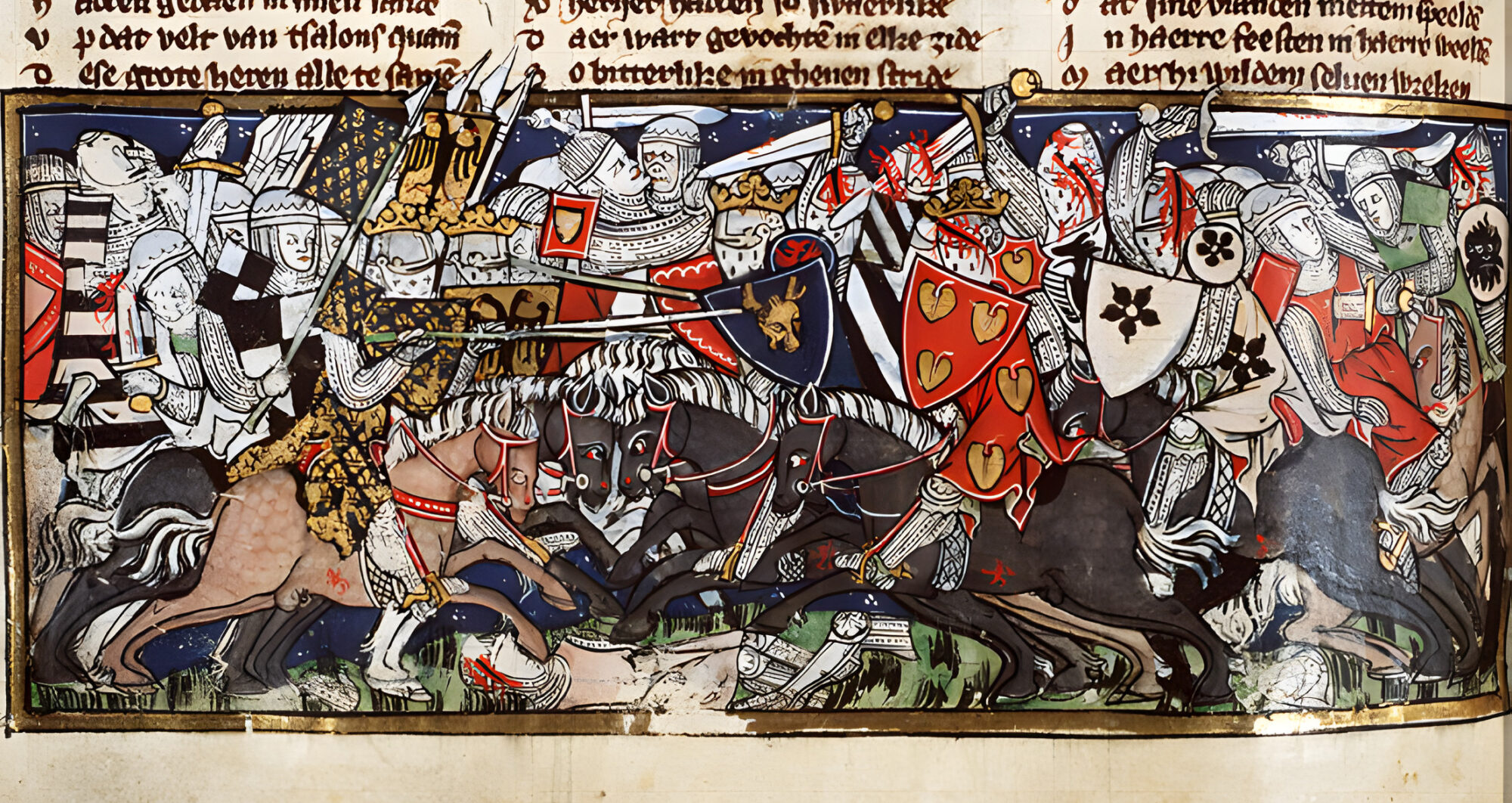
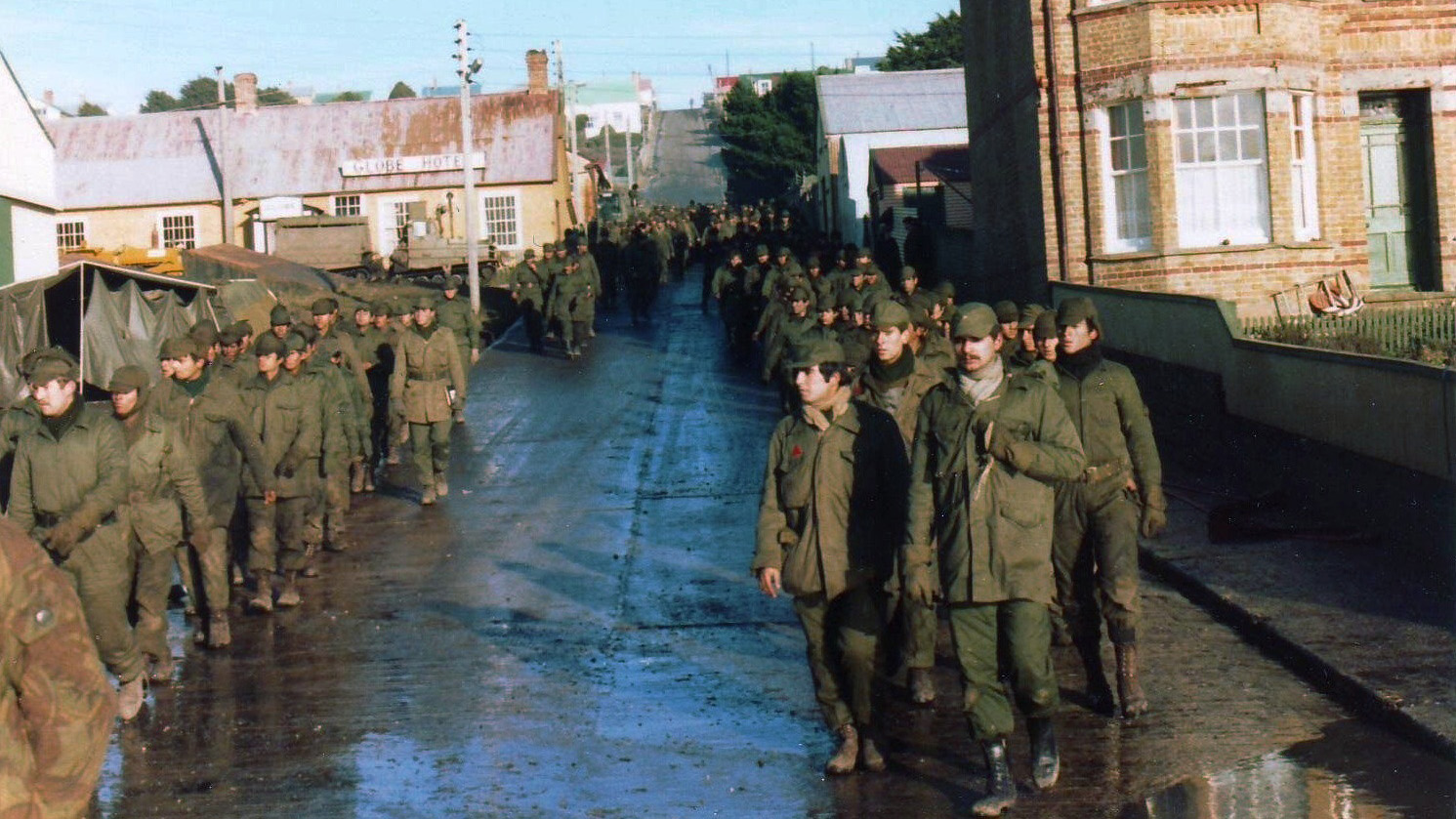

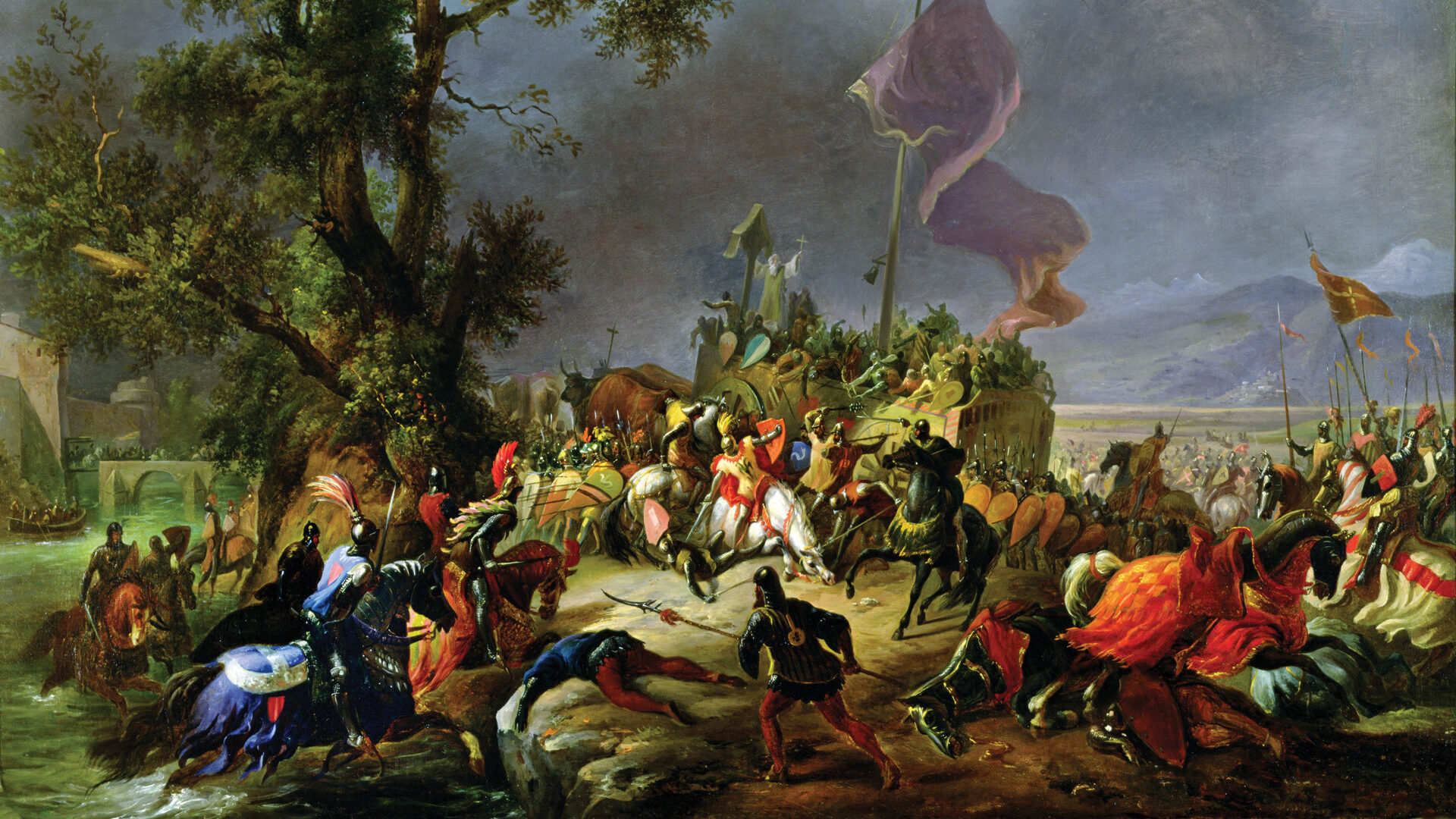
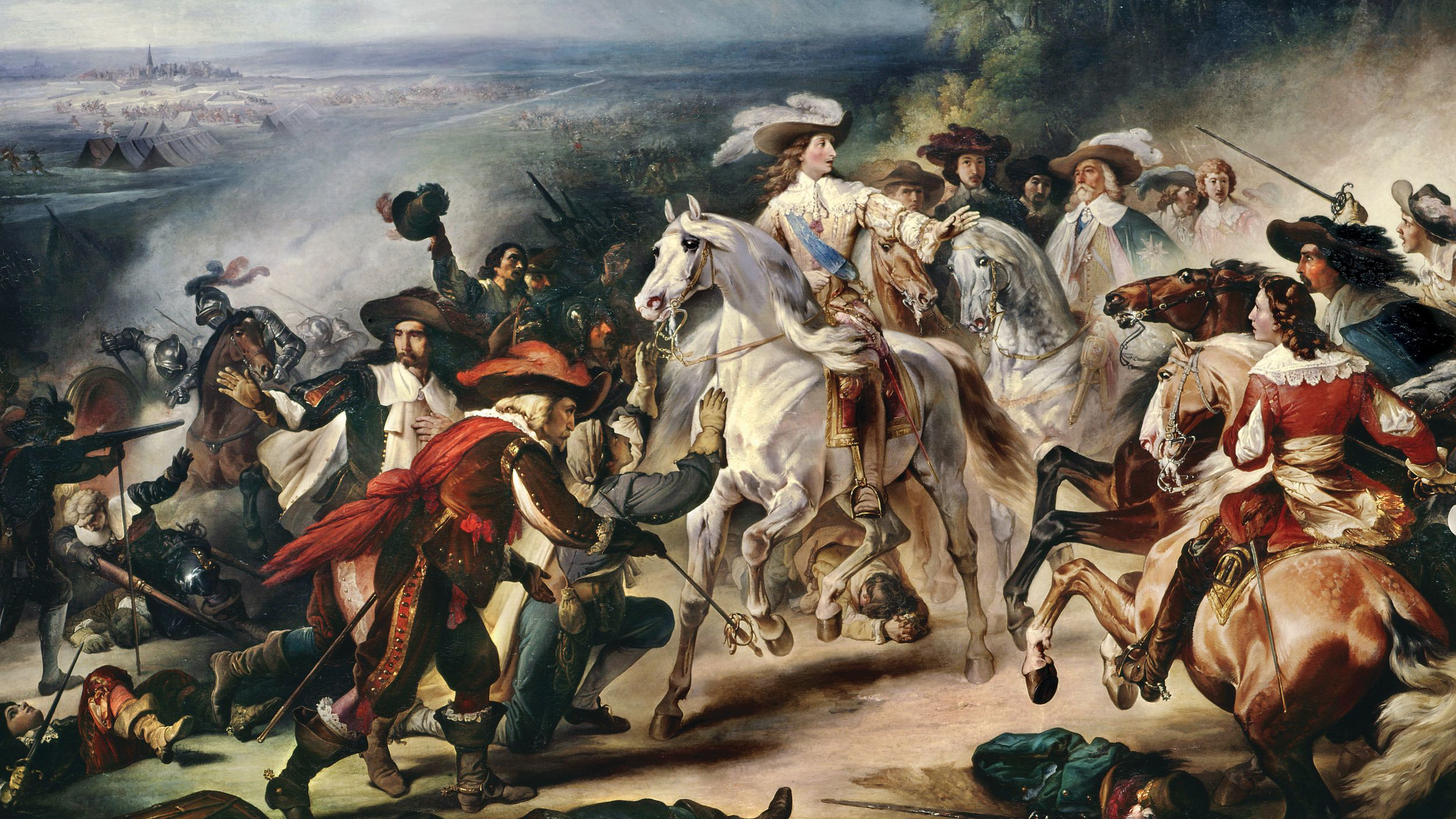
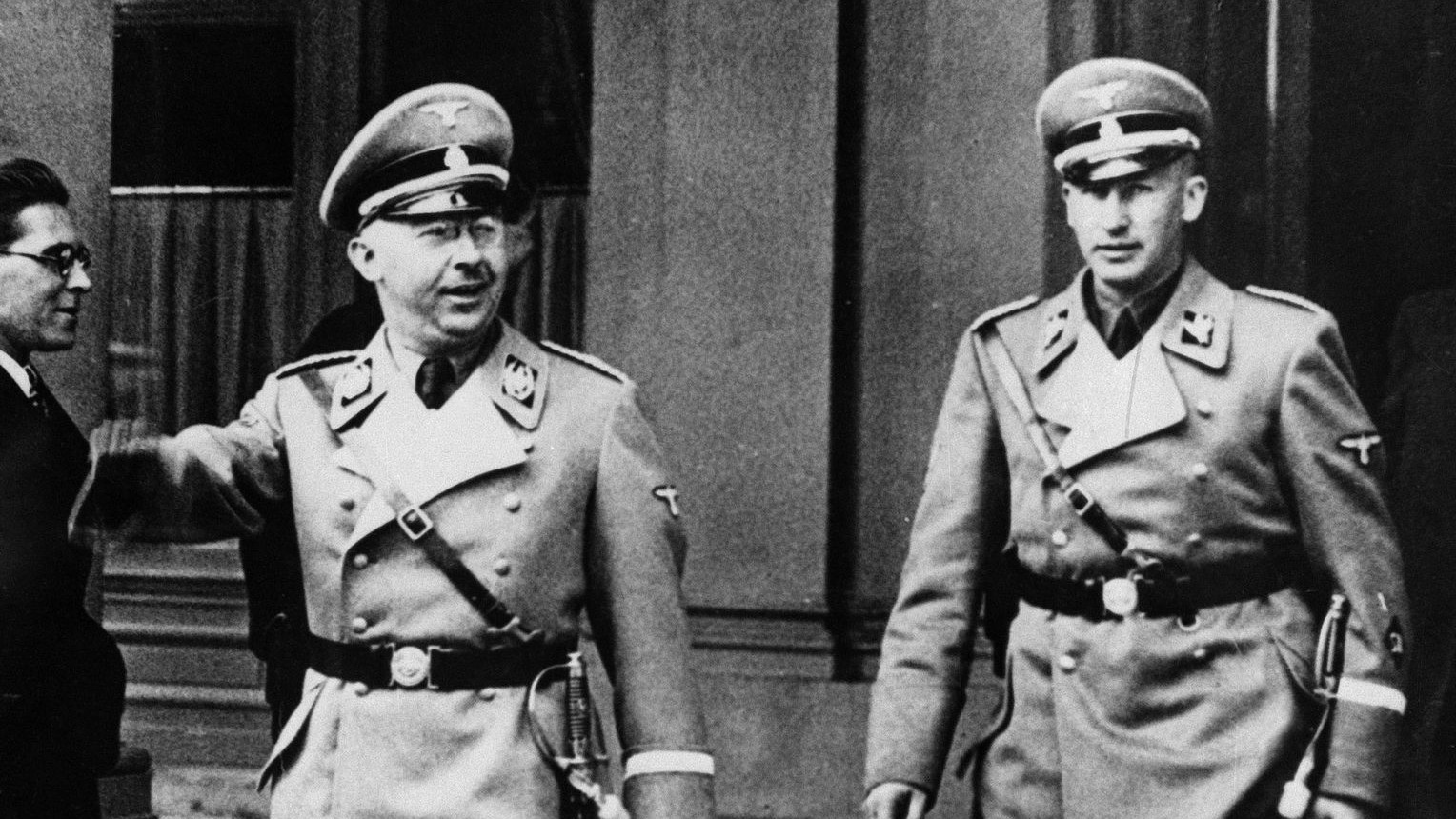
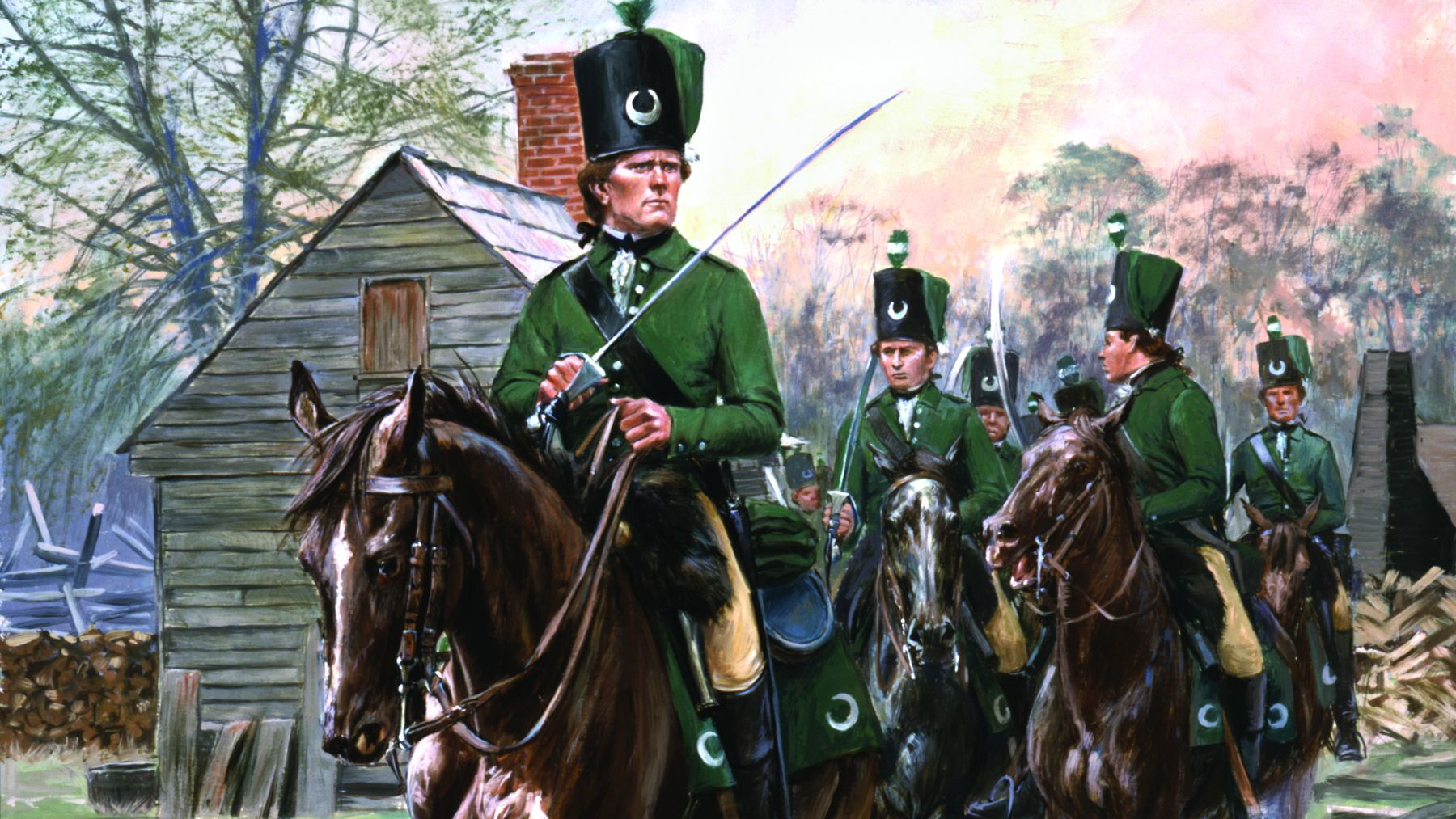

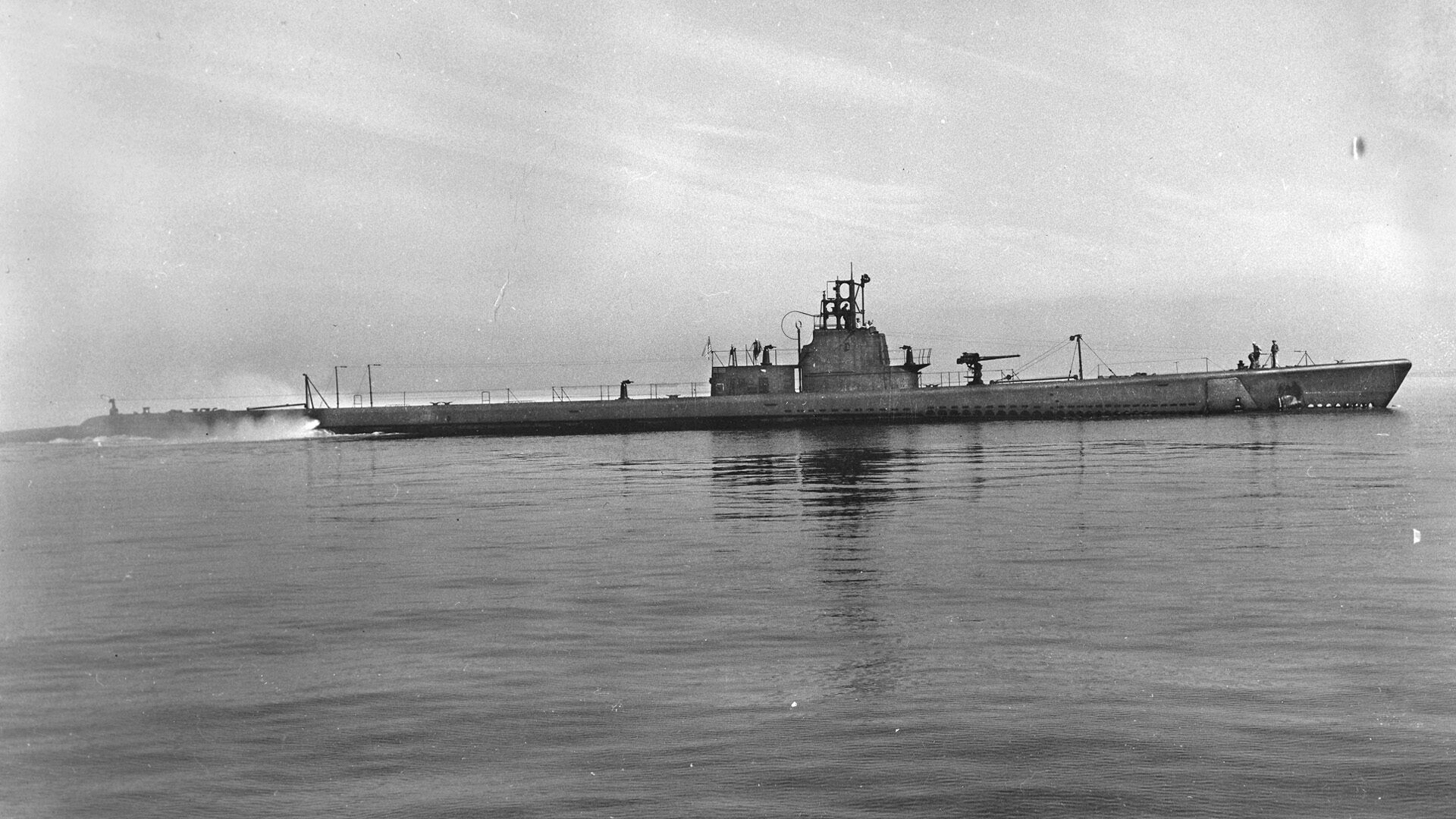
Join The Conversation
Comments
View All Comments